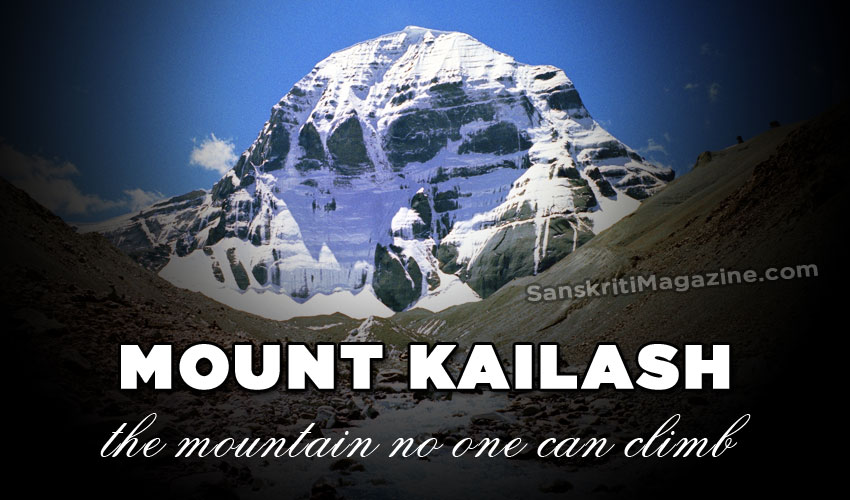It is the holiest mountain on Earth, Mount Kailash, a beautiful pyramid which stands alone in a remote corner of Tibet, a sacred place with much spiritual significance to followers of four of the great religions of Asia: the Buddhists, Hindus, Jains, and the Bönpo.
In 2001, Chinese authorities in Tibet gave permission for a Spanish expedition led by Jesús Martínez Novás to conquer the holy mountain but faced international disapproval.
This is not the first time the Chinese had tried to attract western mountaineers to climb Mount Kailash. In the mid 1980s, the Italian climber Reinhold Messner sought permission to walk around the peak, then heavily restricted by the Chinese. Walking around Kailash is a common practice among Buddhist devotees who believe that 108 circuits will lead the pilgrim to nirvana.
In his letter of permission Messner was formally told he could return the following year to climb the mountain: “Of course I refused. It would not have been intelligent to do otherwise.”
Messner also said, “If we conquer this mountain, then we conquer something in people’s souls … I would suggest they go and climb something a little harder. Kailash is not so high and not so hard”.
Migyur Dorje, the Dalai Lama’s representative in London, said: “Mount Kailash should not be made a sporting arena. It won’t just offend Buddhists, it will offend Hindus as well.”
Hindus believe Kailash, 6,714 metres high, to be the home of Shiva and, according to the Sanskrit tradition of Vishnu Purana, an earthly representation of Mt Sumeru, the cosmic mountain at the centre of the universe.
In the Jain religion, Kailash is called Astapada, and is known as the place where a man named Rishabha, the first Tirthankara, attained Liberation, called Moksha.
It was because of firm oppositions from the Hindu, Buddhist and Jain community leaders through a worldwide letter writing campaign in 2001, China banned all mountaineering activities to preserve the sanctity of the place.










